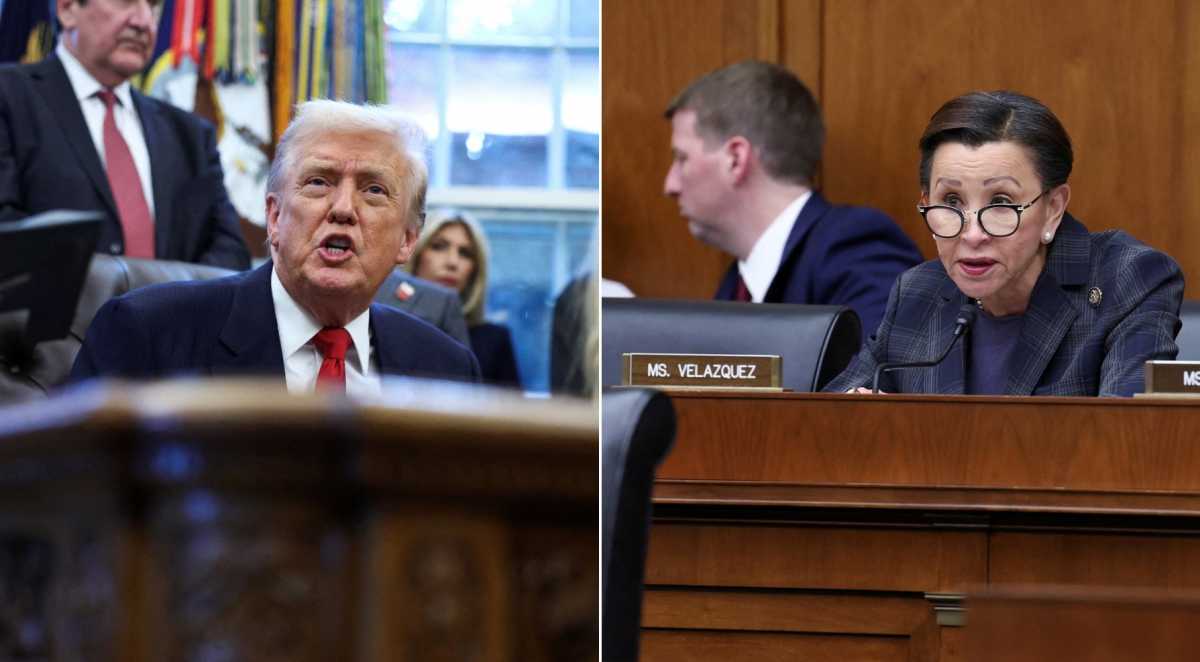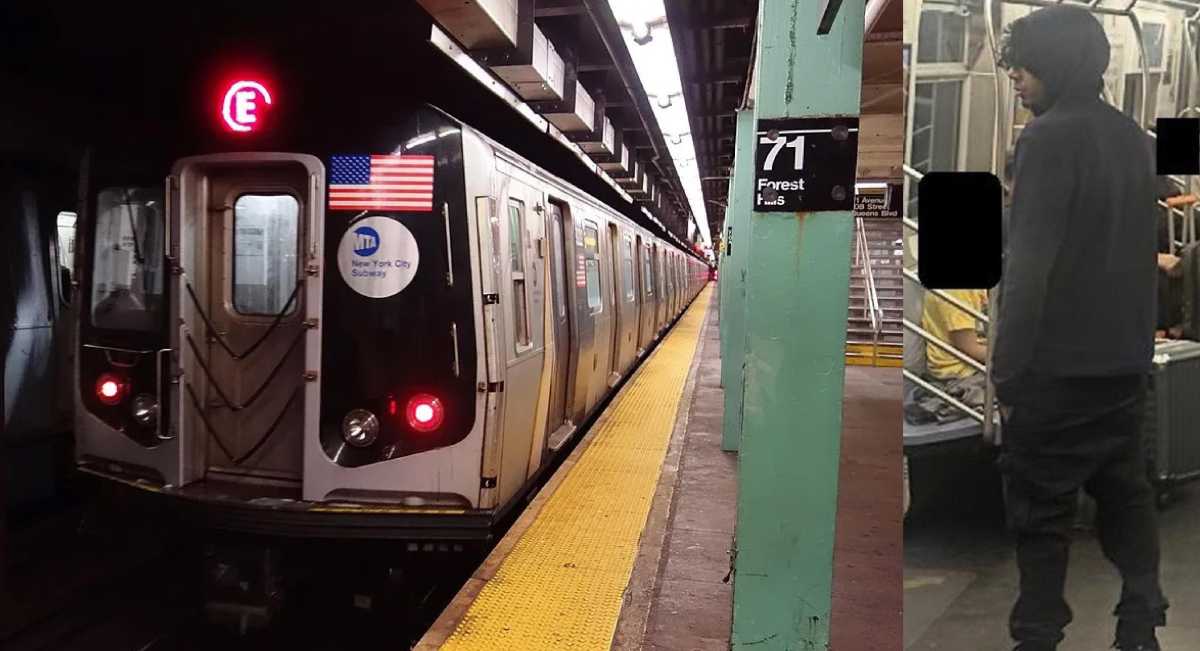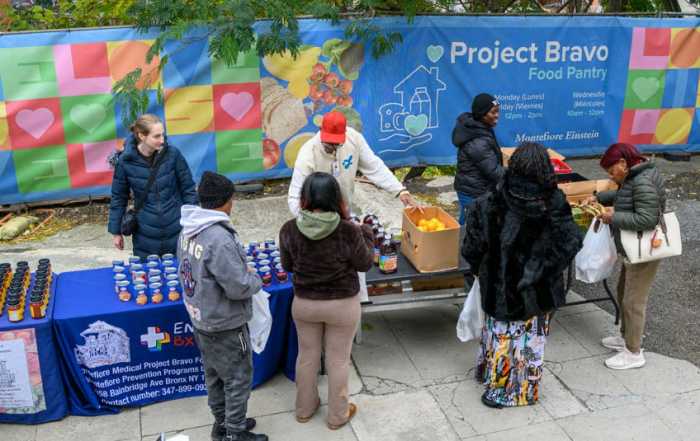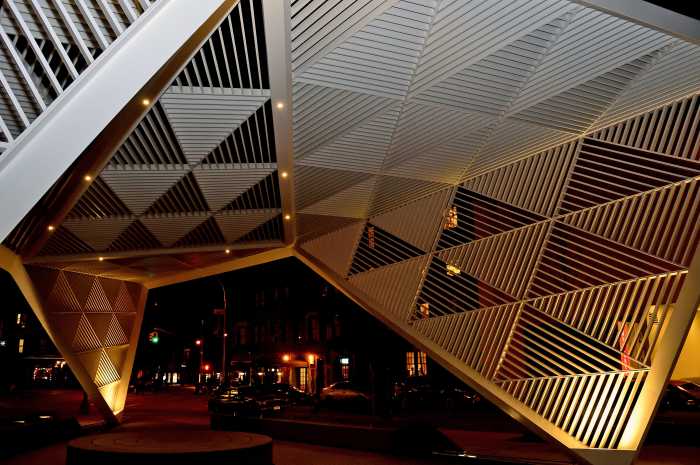As New York City continues its battle against rats, West Harlem is taking the lead on trash containerization — a system set to replace the city’s longstanding tradition of piling trash bags on pedestrian sidewalks for pickup.
Community Board 9 became the first neighborhood in New York to reach 100% Empire bin trash containerization after it played host to a pilot program that began in 2023, the city announced Monday. Mayor Eric Adams celebrated the latest milestone in the city’s “trash revolution” at a Monday morning press conference.
“Our Empire bins are striking back at rats and garbage in West Harlem,” Adams said on June 2. “When I said four years ago that we were going to have cleaner streets and fewer vermins, the cynics rolled their eyes. They said it was not possible, it was something you have to just accept in New York because of the number of rodents we have in our city. And we said no to that.”
Adams said that soon, each of New York City’s 59 community boards will “embrace” trash containerization.
The New York City Council launched a trash containerization pilot program in Hamilton Heights in August 2023, aiming to limit rat populations in the area and clean up the neighborhood’s streets. The program has become a key aspect of the city’s broader fight against rats, with the Adams administration appointing “Rat Czar” Kathleen Corradi to lead the charge.

“We hired an amazing rat czar who took this initiative on the ground and she refused to take no for answers,” Adams said at Monday’s press conference. “Job well done.”
Javier Lojan, Acting Commissioner of the Department of Sanitation, compared Adams’ commitment to containerization to President John F. Kennedy’s promise to land a man on the moon in 1961.
“This project called for a degree of dedication, organization and discipline that some cynics believed the United States simply couldn’t deliver. Well, they were wrong,” Lojan said at Monday’s press conference. “In February of 2024, Mayor Eric Adams stood in the streets of Manhattan and pledged that New Yorkers would put trash in bins. The inheritors of the same cynical mindset, the doubters, the haters, the rat lovers, said it was impossible.”
Adams said at the press conference that the past six months have seen a decrease of 311 reports of rat sightings compared to the same time period last year, as the city mandates containerization and reduces the time that trash bags spend on the sidewalk.
“Every step of this was met with scoffs from the naysayers and the squeaks from the rats,” Lojan said. “But we remained determined to overcome the enemies of the trash revolution.”
Lojan applauded the Department of Sanitation and Adams for achieving the feat faster than had previously been thought possible. He said that when the city was seeking to design the Empire bin — an Austrian style of container compatible with side-loading trucks which, before being designed for New York, did not exist anywhere in North America — an expert told officials the design and implementation would take five years.
“I’ve seen too many neighborhoods asked to live with garbage chutes and rats all over the sidewalks,” Lojan said. “It doesn’t have to be that way. Today, we have achieved a giant leap forward for our city.”
Empire Bins are “rodent-resistant” and can only be unlocked by residential or business building staff assigned to a given bin, Lojan said.
District 7 Council Member Shaun Abreu, formerly a member of CB9, has led much of West Harlem’s trash containerization efforts since the program’s launch in 2023.
“People in West Harlem have been asking for better tools to keep our streets clean for years,” Abreu wrote in a statement to amNewYork. “We knew containerization could work — we just needed the City to take it seriously. It started with neighbors who were fed up and ready to try something different. Now, with 100% containerization in West Harlem and Morningside Heights, the trash is off the sidewalks, the rats are disappearing, and we’re showing that when communities lead, and the City listens, real change follows.”







































